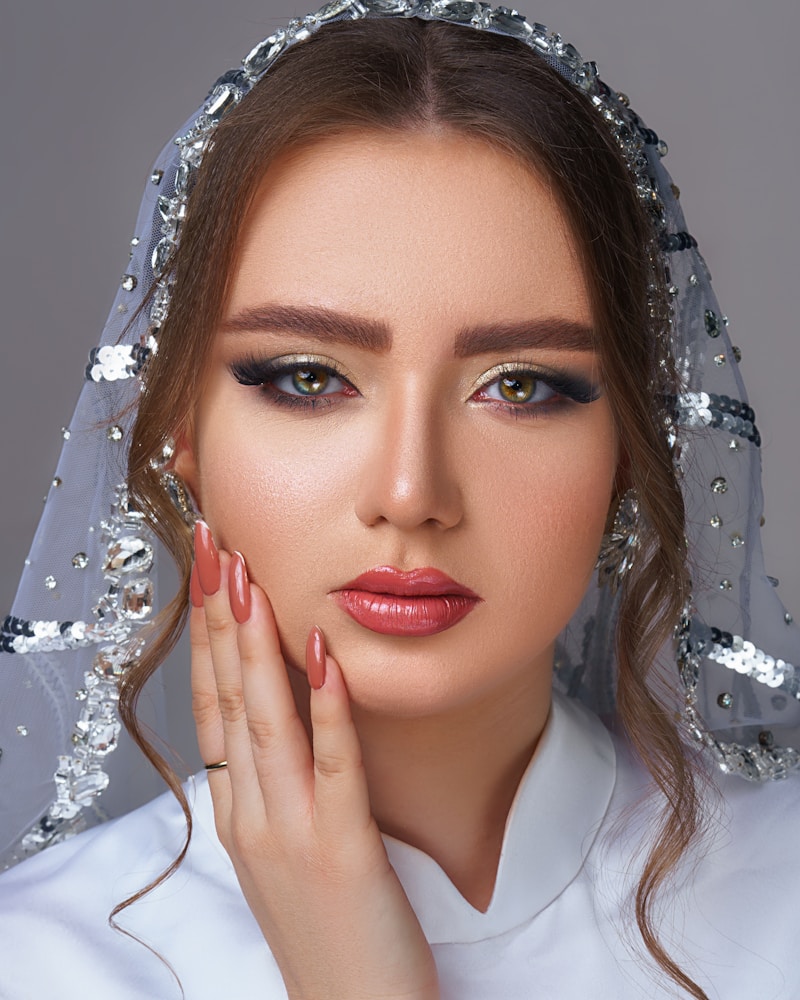Mastering Color Theory in Bridal Makeup Selection
Mastering Color Theory in Bridal Makeup Selection
Understanding Color Theory in Bridal Makeup
When it comes to creating the perfect bridal look, understanding color theory is essential. Whether you’re a professional makeup artist or a bride-to-be eager to enhance your beauty on the big day, grasping how colors work together can elevate your makeup selection process. This article delves into the importance of color theory in bridal makeup selection, guiding you through the nuances of choosing the right shades based on skin tone, wedding theme, and personal preference.
What is Color Theory?
Color theory is a system used to understand how colors interact with each other and how they can evoke different emotions and reactions. It's predominantly divided into three main categories: primary colors, secondary colors, and tertiary colors. For bridal makeup, knowing how to apply these concepts can make a significant difference in achieving a harmonious look.
| Color Category | Description | Application in Bridal Makeup |
| Primary Colors | Red, Blue, Yellow | Used to create the base palette |
| Secondary Colors | Green, Orange, Purple | Used to soften or contrast primary colors |
| Tertiary Colors | Mix of primary and secondary | Used for accent colors in makeup looks |
The Importance of Skin Tone in Makeup Selection
Your skin tone greatly influences the colors that work best for your bridal makeup. Skin tones can generally be categorized into three classifications: warm, cool, and neutral. Knowing your undertone is critical for selecting the right foundation, blush, and eye shadow.
Warm Undertones
If you have warm undertones, you might notice golden or yellow hues in your skin. Colors that complement warm undertones include:
- Gold
- Peach
- Coral
- Earthy greens
When selecting bridal makeup, consider using warm shades of eyeshadow like bronze or copper for a radiant look that enhances your natural glow.
Cool Undertones
Cool undertones are characterized by pink, red, or blue hues. If this is your undertone, the following colors will look beautiful on you:
- Silver
- Pink
- Berry tones
- Cool blues
Brides with cool undertones might opt for silver or taupe eyeshadows and pink blush to bring their features to life.
Neutral Undertones
If you cannot comfortably be categorized as warm or cool, you may have neutral undertones. Neutral shades are versatile and can include:
- Soft pinks
- Peach with a hint of pink
- Gray
Neutral-toned brides can experiment with a combination of warm and cool shades to find their ideal bridal look.

Choosing Colors According to Wedding Theme
Another essential factor in color selection for bridal makeup is the wedding theme. Whether it’s a grand traditional celebration or a minimalist modern gathering, your makeup should harmonize with your overall wedding aesthetic.
Classic Themes
For classic weddings that embrace timeless elegance, soft and muted colors work wonderfully. Think of:
- Soft pinks
- Champagne
- Neutral browns
Rustic Themes
If your theme is rustic, earthy tones will resonate beautifully. Shades to consider include:
- Bronze
- Terracotta
- Olive green
Modern Themes
For a modern and chic wedding theme, bold and striking colors can make a statement. Ideal colors include:
- Deep red
- Electric blue
- Rich purple
Incorporating Seasonal Colors
Seasonality can also play a significant role in your bridal makeup color selection. Each season brings its own palette, which can guide your choices:
- Spring: Pastel colors like lavender, baby blue, and blush
- Summer: Vibrant shades like coral, fuchsia, and turquoise
- Autumn: Rich earth tones like rust, mustard, and deep green
- Winter: Cool neutrals like silver, icy pink, and deep jewel tones
Tips for Selecting Your Bridal Makeup Colors
With so many choices available, it’s essential to have a strategy when selecting your bridal makeup colors:
- Test Your Colors: Always try out colors in natural light to see how they truly look against your skin tone.
- Consult Professionals: If you’re uncertain, seek advice from a makeup artist who understands color theory and can give personalized recommendations.
- Keep It Balanced: Aim for a balanced look by combining bold and soft colors. If you have a striking lip color, consider softer eye makeup and vice versa.
- Stay True to Yourself: Choose colors that resonate with your personality. Your makeup should enhance your natural beauty and make you feel confident.
Conclusion
In conclusion, mastering color theory in bridal makeup selection is crucial for achieving a stunning look on your special day. By understanding your skin tone, considering your wedding theme, and following seasonal trends, you can create a balanced makeup look that highlights your beauty. Always remember to test colors beforehand and consult professionals when needed. Ultimately, the most important thing is to select shades that reflect your personality and make you feel radiant as you walk down the aisle.
To ensure your bridal makeup is perfect, here are a few final recommendations:
- Schedule a trial run of your makeup to iron out any issues before the wedding day.
- Keep your makeup kit updated with quality brands that suit your skin type.
- Remember to include touch-up products for your wedding day to maintain your look throughout the event.
